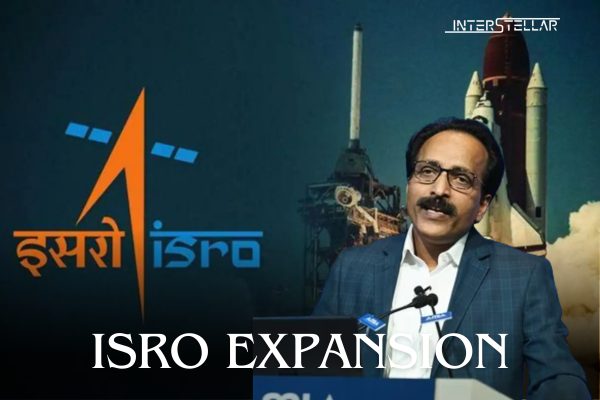India’s Space Agency Anticipates Budget Boost Amid Growing Global Ambitions
India’s space agency, the Indian Space Research Organisation (ISRO), expects a 20%-30% increase in its budget in the coming years. ISRO Chairman S Somanath revealed this during a Reuters NEXT Newsmaker interview on Tuesday, highlighting the organisation’s competitive position in the global space market. While ISRO’s rocket launch prices are comparable to those of SpaceX, Somanath did not provide specific details.
Strategic Plans for Growth at ISRO
In the interview, Somanath discussed ISRO’s plans for a heavy-lift booster rocket, which will be capable of carrying large payloads. This ambitious project will involve both private and public funding. Additionally, ISRO has set its sights on achieving crewed spaceflight, marking a significant milestone in India’s space exploration journey.
The Indian government has allocated nearly 130 billion rupees (approximately $1.55 billion) to its space department this year. When asked about future funding, Somanath estimated an increase of 20%-30%, though he noted this would occur “over a long period of time.”
India’s Expanding Role in the Space Market
Prime Minister Narendra Modi has called on ISRO to establish India as a profitable space superpower. In response, ISRO is increasingly collaborating with the private sector. The global commercial space market, currently valued at $630 billion, is expected to grow to $1.8 trillion by 2035, according to McKinsey & Co. While India’s current share stands at $8 billion, the government aims to expand this to $44 billion within the next decade.
India is also planning to establish its own space station by 2035 and put an Indian astronaut on the moon by 2040. To support these goals, the government has introduced a 10 billion rupee venture capital fund to boost its space sector. This move follows the government’s recent decision to allow 100% foreign direct investment in satellite system manufacturing without official approval, along with easing regulations for launch vehicles.
Competing with SpaceX and Beyond
Somanath mentioned that India’s medium-lift Launch Vehicle Mark-3 (LVM-3) is already competitive with SpaceX in terms of price. He stated, “If you are looking at a dedicated launch on LVM-3 and the SpaceX, if you get a quote, both will look alike.”
ISRO’s ambitious plans follow India’s historic achievement of landing on the moon’s south pole last year. The agency is also preparing for Gaganyaan, its first crewed space mission. With the mission’s rocket already built and the crew module in the final stages of integration, ISRO expects to conduct an uncrewed test flight by December. If successful, India will become the fourth country to launch a crewed space mission, following the United States, Russia, and China.





